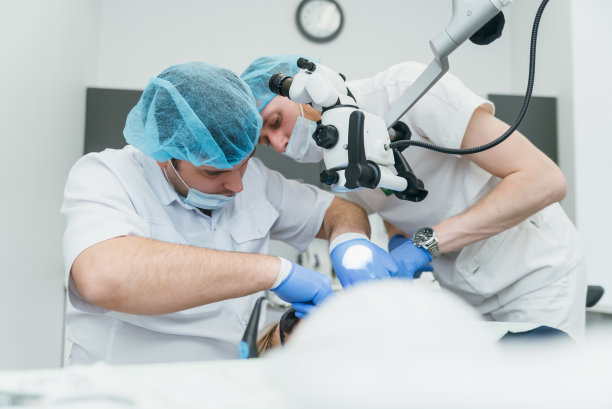Navigating the Journey of Extracting a Tooth from Consultation to Recovery for Optimal Oral Health
Summary: Extracting a tooth can seem daunting, but understanding the entire process—from consultation through to recovery—can alleviate anxiety and ensure optimal oral health. This article provides a comprehensive guide to navigating the journey of tooth extraction, addressing essential aspects like the consultation and assessment phase, the extraction procedure, post-operative care, and long-term oral health strategies. By familiarizing yourself with each step, you can approach tooth extraction with confidence, paving the way for an effective recovery and enhanced well-being for your oral health.
1. Importance of Initial Consultation and Assessment

The first step in navigating the journey of extracting a tooth is the initial consultation. During this phase, the dentist will assess the condition of the tooth and surrounding structures. This assessment includes a physical examination as well as radiographs (X-rays) to evaluate the tooths roots and the bone structure. Understanding the underlying issues is crucial for developing an effective treatment plan.
An open dialogue between the patient and the dentist is essential during the consultation. Patients should discuss any symptoms they are experiencing, such as pain or swelling, and share their medical history. This information helps the dentist determine whether extraction is the best course of action or if alternative treatments can be pursued.
2. Understanding the Tooth Extraction Procedure
Once the assessment is complete and the patient agrees to proceed, the next step is the extraction itself. The dentist will prepare the patient by administering local anesthetic to numb the area surrounding the tooth. In more complex cases, general anesthesia may be utilized. Understanding how anesthesia works can help ease any concerns regarding the procedure.
The extraction process varies depending on whether the tooth is visible or impacted. For a simple extraction, the dentist will use specialized tools to loosen and remove the tooth from its socket. In cases where the tooth is impacted—often seen with wisdom teeth—the extraction may require a surgical approach that involves incisions in the gum and possibly the removal of some bone.
3. Post-Operative Care for Optimal Recovery
After the extraction, proper post-operative care is vital for healing and recovery. The dentist will likely provide guidelines that include resting for a day following the extraction, applying ice packs to reduce swelling, and taking prescribed pain medication as needed. Patients are encouraged to avoid strenuous activities that can exacerbate bleeding or discomfort.
Tooth extraction is often necessary for optimal oral health, but its also an opportunity to reflect on long-term oral care. Following the recovery phase, patients should schedule follow-up visits with their dentist to monitor healing and address any concerns. It’s important to ensure that the extraction site is healing properly and to identify any potential complications early on.
In summary, understanding the process of tooth extraction—from the initial consultation to recovery—is vital for ensuring optimal oral health. Engaging with your dentist throughout this journey is key to alleviating anxiety and promoting a successful outcome. By focusing on recovery and maintaining good oral hygiene, patients can ensure lasting oral health benefits. This article is compiled by Vickong Dental and the content is for reference only.4. Long-Term Oral Health Considerations


